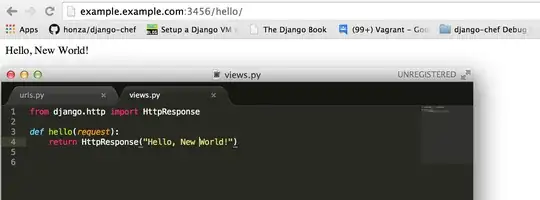I have recently started developing a little with vagrant and django in a vm.
To get my machine up I use vagrant up, and to destroy it I use vagrant down.
Both of these commands are time-consuming as hell, but I often need to change my source code on the django side of things, like, for example, my views.py file might need to have something added to it.
While I have SSH'd into the vm through vagrant ssh, I call run and the server is put up, but if I change a source file, and just reload the webpage, is that OK? Or should I exit the ssh, and re-provision or reload my vm?


